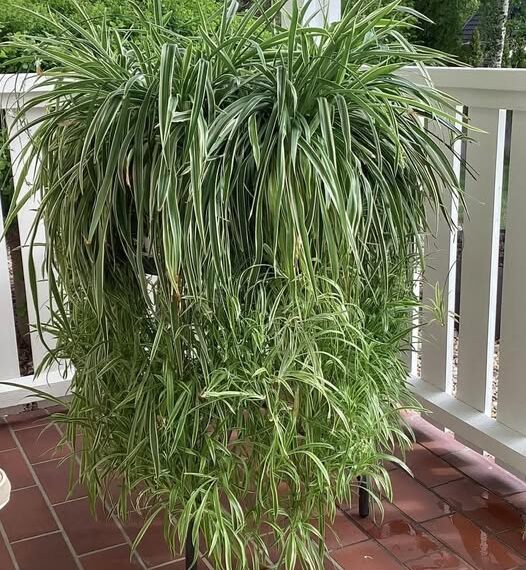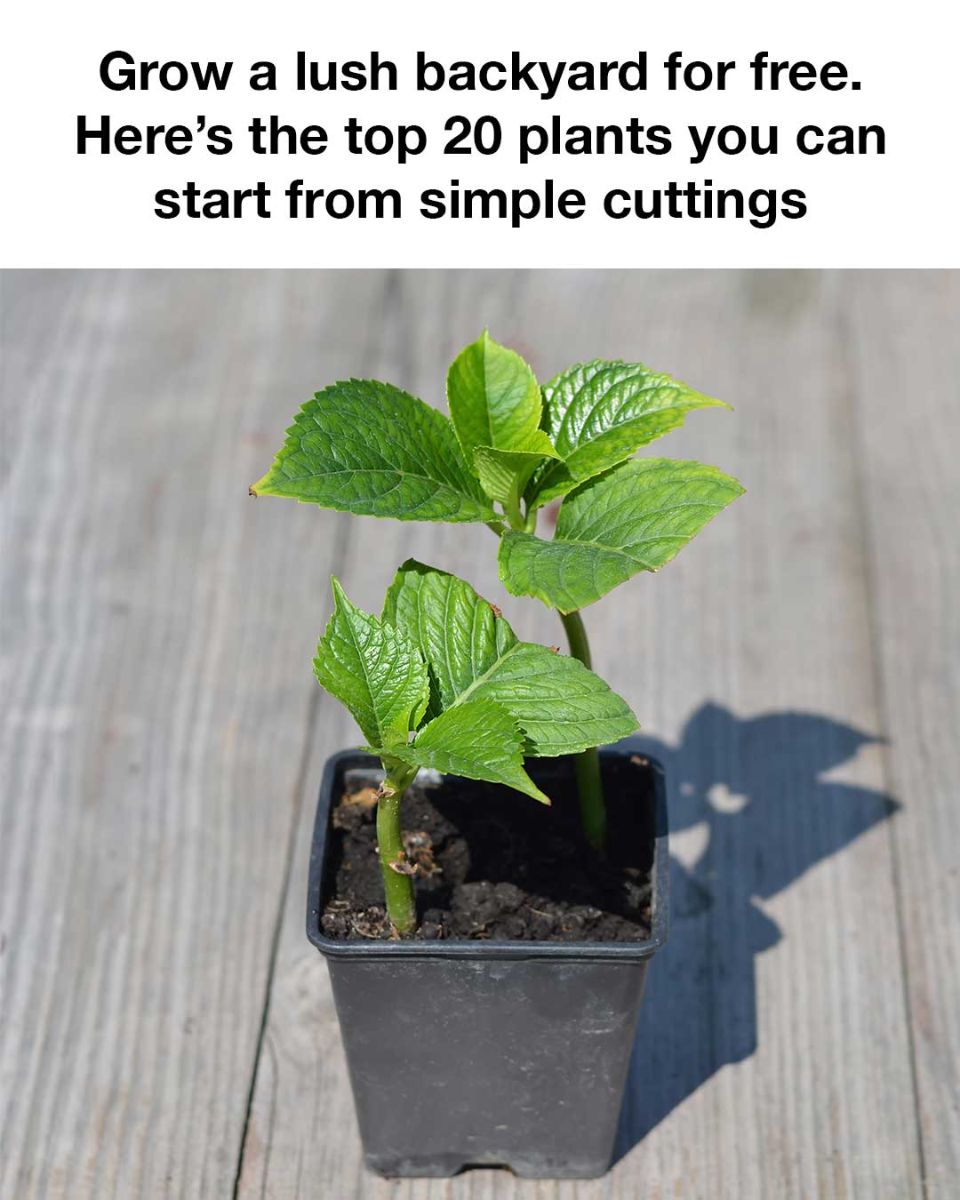IN THIS ARTICLE:
Spider plants (Chlorophytum comosum) are one of the most beloved houseplants around—and for good reason. With their lush, cascading leaves, cheerful baby offshoots, and ability to thrive in a variety of conditions, they’re a dream for beginners and a joy for seasoned indoor gardeners.
Over the years, I’ve grown spider plants that practically took over windowsills, hanging baskets, and plant stands. Their ability to purify air and reproduce prolifically makes them both beautiful and functional. But while they’re easygoing, there are a few key techniques that will take your spider plant from average to absolutely thriving.
Here are my top 10 secrets to growing spider plants that are bigger, bushier, and healthier than ever.
1. Pick the Right Spot
Location is everything for spider plants. While they’re quite adaptable, ideal light conditions can make the difference between a spindly plant and a vigorous, overflowing one.
What they love: bright, indirect sunlight. A sheer curtain over a sunny window works beautifully. East-facing windows are ideal, as they provide morning light that’s gentle yet energizing for growth.
What to avoid: Direct afternoon sun, which can scorch the leaves and fade their variegation. On the other end, very low-light environments can cause leggy growth and pale coloring.
If natural light is limited, fluorescent or LED grow lights are great alternatives. Many office plants are spider plants because they can thrive under artificial lighting when given at least 12–14 hours per day.
2. Sip Some Caffeine
It might sound odd, but coffee grounds can do wonders for your spider plant. They’re rich in nitrogen—a key nutrient for leafy growth.
I let my used coffee grounds dry out completely to avoid mold, then sprinkle a light layer over the top of the soil. You don’t need much—a tablespoon every couple of weeks is plenty. Alternatively, make a diluted “coffee tea” (mix 1 part used grounds with 3 parts water, let sit overnight, and water your plants with it).
Pro tip: Don’t overdo it! Too much coffee can make the soil too acidic. Always monitor your plant’s response and adjust accordingly.
3. Choose the Perfect Pot and Soil
Spider plants need well-draining soil and a container that allows water to escape freely. A pot without drainage holes is a recipe for root rot.
My go-to soil mix:
- 2 parts all-purpose potting mix
- 1 part perlite (or coarse sand)
- Optional: a handful of coconut coir for added moisture retention without compaction
Make sure the pot isn’t too big. A slightly snug pot encourages fuller growth. Spider plants don’t mind being a little root-bound—it even stimulates them to produce babies. But once they get too crowded, growth slows, and they’ll need repotting.
4. Water Wisely
Overwatering is the #1 killer of spider plants. These plants have thick, tuberous roots that store water, so they don’t need constant hydration.
Watering schedule:
- Spring/Summer: once a week (or when the top inch of soil feels dry)
- Fall/Winter: every 2–3 weeks, depending on room temperature and humidity
Always water thoroughly until water drains from the bottom. Then let the soil dry out before watering again. Avoid letting the plant sit in standing water.
Watch for signs:
- Brown leaf tips = often due to overwatering, poor drainage, or mineral build-up.
- Wilted leaves = usually underwatering or root crowding.
5. Feed Them Right
Just like people, spider plants need good nutrition to grow strong. I feed mine with a balanced 10-10-10 or 20-20-20 houseplant fertilizer, diluted to half strength, every two weeks during the growing season (spring through early fall).
In winter, I cut back feeding to once a month—or skip it entirely if the plant is dormant.
Caution: Over-fertilizing can lead to salt buildup in the soil, which causes browning tips. If this happens, flush the soil with clean water to wash out excess minerals.
6. Propagate for Growth
Spider plants are generous with their offspring. Each little “spiderette” or baby plant is a sign of health and can be used to propagate or thicken up the parent pot.
If you want a fuller look:
- Detach mature babies (with tiny roots) and plant them back into the same container.
- Water well and keep the pot in indirect light until new growth appears.
If your plant is producing too many babies, it might slow down leaf growth. In this case, prune a few off to redirect energy into the main plant.
Bonus: Spider babies make perfect gifts!
7. Maintain the Right Temperature and Humidity
Spider plants thrive in typical household temperatures but do best between 60–75°F (15–24°C). They hate temperature extremes, especially near cold drafts or hot air vents.
Although they tolerate low humidity, I’ve seen mine grow much lusher in rooms with moderate humidity (around 50%). A humidifier can help during dry winters. You can also place the pot on a tray of pebbles and water to increase local humidity around the plant.
8. Prune for Health and Shape
Don’t be afraid to give your spider plant a trim! Regular pruning keeps it looking neat and encourages fresh, new growth.
How I prune:
- Snip off brown or yellowing leaves at the base
- Trim damaged leaf tips with sterilized scissors
- Remove overcrowded baby plants to free up energy
Occasionally, I cut back older, leggy stalks entirely to promote a bushier shape. The plant always bounces back stronger.
9. Repot When Needed
If your spider plant is suddenly slowing down, the roots are likely cramped. Check for signs like:
- Roots poking out of drainage holes
- Soil drying out rapidly
- Stunted leaf growth
I usually repot every 12–18 months. Choose a pot that’s just one size larger and gently loosen the root ball before placing it into fresh soil. If the plant has divided naturally into clumps, you can even split it into two for separate pots.
10. Rotate for Even Growth
Spider plants tend to lean toward their light source. To keep them growing symmetrically, rotate the pot every 1–2 weeks. This prevents lopsided growth and ensures all parts of the plant get equal light exposure.
Bonus Tip: If your plant is in a hanging basket, give it a gentle half-turn each time you water.
Final Thoughts
Spider plants are as generous as they are beautiful. With just a little care and attention to their preferences, they’ll reward you with arching green leaves, dozens of baby plants, and cleaner air in your home.
Whether you’re growing your first spider plant or managing an entire indoor jungle, these 10 tips will help you grow the biggest, healthiest spider plants imaginable.
They’re low-maintenance, forgiving, and endlessly charming—and with these techniques, you’ll enjoy years of vibrant growth and satisfaction.





